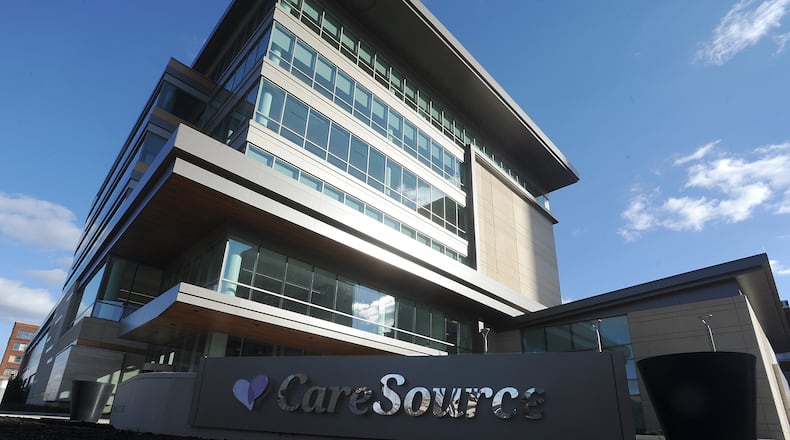“There’s no question this is a difference between those who are impoverished and those who are not,” said Mary Applegate, Ohio Department of Medicaid medical director.
Regular surveys by Ohio Medicaid through the pandemic found the Medicaid population was about 20% more likely to socially distance, wear masks, stay away from crowded areas and not have outside visitors into their home compared to the non-Medicaid population, said Applegate.
She said this indicates that the low vaccination rate is less about resistance and more about access barriers.
“As the pandemic unfolded, the people who were more easily able to get a vaccine were the ones who got the vaccines. We saw more of the middle- and upper-classes able to drive to drive-thrus, get time off work, get childcare,” Applegate said.
About 20% of the Medicaid population overall is vaccinated, including about 31% of the adult population, though the department cautions the real numbers could be about 5% higher because of data challenges.
Areas of Ohio are also ranked on an opportunity index based on health and well-being factors. In areas ranked lowest on the index, fewer than 10% of Ohioans with Medicaid have vaccines while the vaccination rate is up to 27% in highest opportunity communities.
“When it comes to the COVID vaccine, the reasons the average American cites for being hesitant to get the vaccine impact Medicaid members at a disproportionate rate,” said Steve Ringel, Ohio market president for Dayton-based CareSource. “Take concern about missing work due to side effects as one example. When someone is working one or more hourly jobs, they do not have the flexibility to miss work if they aren’t feeling well without the risk of missing a paycheck.
CareSource and other insurers that manage Medicaid benefits were challenged by Gov. Mike DeWine to get rates up and the insurance plans have added efforts.
For example, pharmacists are one of the most common providers that Medicaid members regularly see, especially people with chronic conditions extra vulnerable to COVID-19. The insurance companies have been incentivizing pharmacists to counsel patients on vaccines when they grab their prescriptions and if the patient wants a vaccine they can get one right then.
Some other outreach examples ranged from help staffing vaccine events, providing transportation, outreach through faith groups, and working with providers on after-hours vaccines.
Ringel said CareSource has conducted outreach campaigns through “every mode of communication we have,” sponsored vaccination and education events, and expanded their employee volunteer time-off policy dispatching 325 volunteers to 29 different locations throughout the state to help administer vaccinations, among a list of other efforts. This summer there will also be vaccination opportunities at The Foodbank in Dayton.
Ohio Medicaid Director Maureen Corcoran said there’s money dedicated to the push. The state is tying some of the payments to CareSource and the other insurance companies to their success working together on concerted efforts to get vaccination rates up.
“Their money is all tied to their collective success,” Corcoran said. “You can’t really move those numbers if everybody’s doing a little program.”
About the Author

